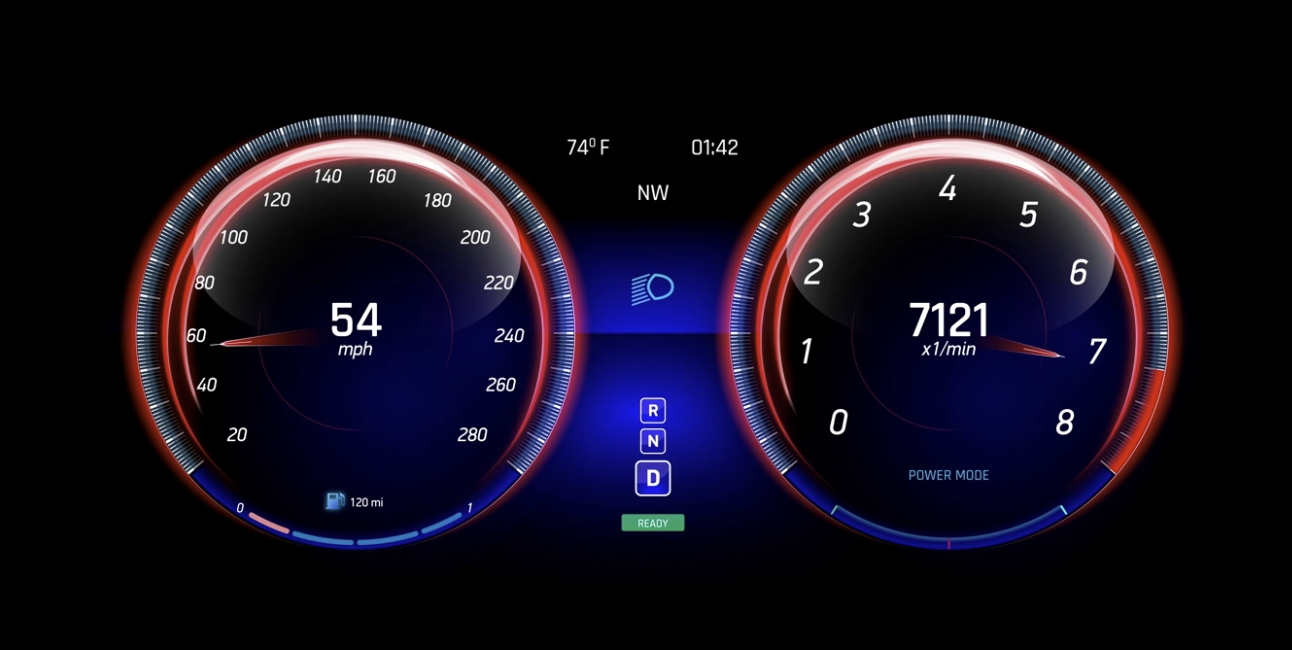E-commerce is big business. According to Statista, e-commerce activity topped 4.9 trillion USD last year and is expected to continue to increase. Additionally, 58.4% of internet users buy something every week. Companies seeking to tap into this lucrative market in both business-to-consumer and business-to-business sales are flocking to major platforms to establish online stores.

However, just like opening a bricks and mortar store, opening an e-commerce store isn’t a quick or easy task. Think about what it was like to open a brick and mortar retail store (if you have one – if not, imagine one.) First, you must choose the location. Next, you must clean and decorate the store. Then, install counters, fixtures, and lighting. Now comes the hard part: setting up the cash register and transaction payment system. Add onto that loss prevention systems, inventory monitoring software, and payroll and time tracking software, and you’ve got a complex to-do list for sure. And that’s all before you’ve ordered product, hangers and hang tags, bags, and boxes, and stocked the shelves!
A virtual store is no less complex. Yet many business owners, lured by the promise of fast and easy setup by the software vendors, purchase systems and try to DIY their way through e-commerce store setup. Before you head down this path, we’ve listed four common mistakes companies make setting up e-commerce stores. Hopefully, this list will help you avoid these mistakes.
Four Common E-Commerce Setup Mistakes
- Choosing the wrong e-commerce platform
- Poor site design and navigation.
- Not setting up shipping or taxes correctly.
- Failing to consider organic search traffic during setup.
Not all e-commerce platforms are the same. Some are better for business-to-business commerce and others for consumer sales. Some are intended for drop shipping companies, while others are made for direct-to-consumer sales. Each has its quirks, its pros and cons.
Working with a professional website developer or a digital agency can help you pick the best e-commerce platform for your goals and needs. Sit down with your digital agency or developer and brainstorm all the features you would like to see in your company’s new e-commerce platform. This will help them narrow down the list to the best choices.
Another consideration is how well the new e-commerce platform integrates with other software you are using. You may need your e-commerce site to integrate with both a public-facing website and a cloud-based enterprise resource planning (ERP) or cloud accounting system. Again, some e-commerce sites easily integrate with specific ERPs, but not all. Taking your time during the selection phase can help you avoid multiple headaches and costly custom programming later.
Imagine a brick and mortar clothing store where items are jumbled on the racks. Nothing is arranged by size, color, or style. Customers would have a very difficult time shopping in such a store and would most likely leave empty-handed.
This happens all-too-frequently with e-commerce stores that have poor site design and navigation. Creating a user-friendly site design with clear, easy-to-follow navigation is imperative for an e-commerce store. Clearly marked shopping paths, in the form of logical categories, drop down menus, pages, and sections, all help customers find items quickly and easily.
The design itself must also be appealing to keep customers on the page and coming back to your e-commerce store. Just as you would clean and paint the interior of a brick and mortar store and install appealing lighting and fixtures to please the eye, so too should an e-commerce store provide eye-appeal. A professional graphic designer can keep you from falling into many of the mistakes that the untrained eye can make when creating a website, such as failing to account for various browsers resizing the page to mobile versus desktop display.
Brick and mortar stores don’t have to worry about shipping costs for the most part. Unless they deliver items, like a furniture store, shipping isn’t a consideration. You take your item home with you. And taxes are simple with an in-person traction, too: you’re charged the taxation rate of the store’s locality.
But with e-commerce transactions, shipping and handling charges, as well as sales tax calculations, add unexpected complexities. Shipping may vary according to the customer’s choice, such as fast overnight shipping or slower ground shipping. And taxes can be highly complex, especially for customers in locations such as New York City, which has both a state and a local sales tax, or other areas of the country with similar taxation laws.
Setting up shipping parameters and taxation rules within an e-commerce system can be highly complex. By working with a consultant, agency, or developer who understands both the platform and the choices you’d like to give your customers, you can avoid costly mistakes that can lead to under- or over-taxation, failure to adequately report sales tax collected jurisdiction, or shipping errors.
E-commerce product descriptions must accurately reflect the products being sold, but they must also do two other things: they must entice the customer by painting a vivid mental picture of the product and they must appeal to search engines. Do you have the skills to write product descriptions with limited word count and maximum search and customer appeal? Few people do, and most business owners would prefer not to work late nights writing descriptions for every item in their inventory.
Knowing not just what to do but how to do it correctly when setting up an e-commerce site for search engines is vital to the health and long-term profitability of your business. Without steady and increasing organic search traffic, you will have to spend more on paid advertising. Starting from a strong foundation of best practices for organic SEO is always the right way to proceed and less expensive long term than having to redo, revise, and fix things that aren’t done properly before a site launched.
Start Your E-Commerce Site with the Right Guidance from Dashboard
Dashboard Interactive Marketing has helped many business owners create and launch e-commerce stores. We’ve also fixed and updated quite a few over the years. We welcome the opportunity to discuss your business goals and suggest action steps to achieve them. If you are setting up a new e-commerce store or are unhappy with your store’s performance and sales, please call us at 763-242-2454 for a consultation.

